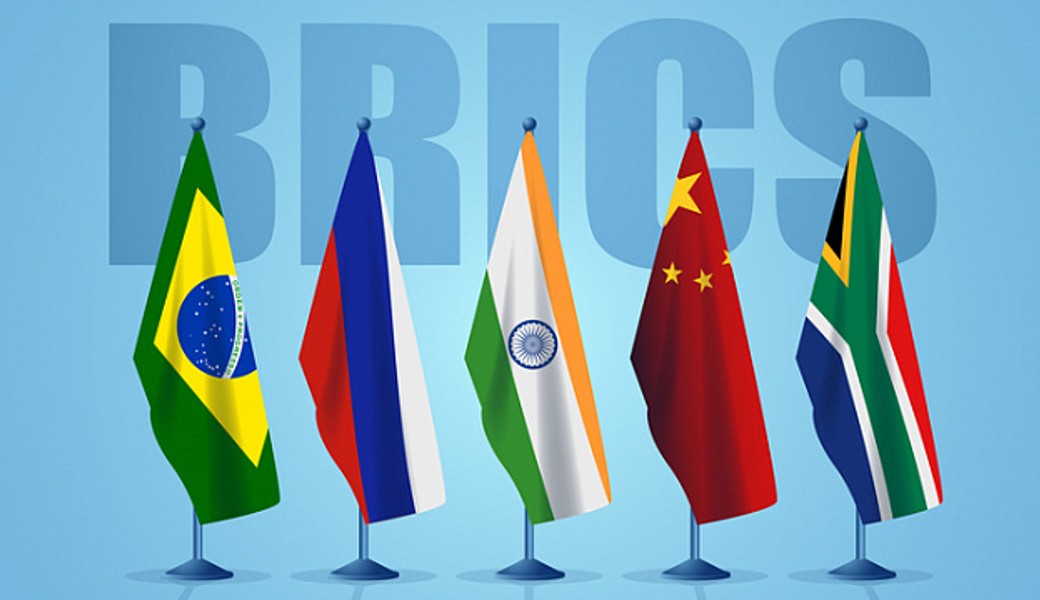India's central bank is urging local banks to encourage trade settlements between the United Arab Emirates and India using the dirham or Indian rupee instead of the U.S. dollar, as part of an initiative to promote the use of local currencies and reduce the trade deficit with the UAE.
While strategic competitors in emerging markets are calling for change and the share of the US dollar held as official foreign exchange reserves has declined, it is unlikely that there will be a major shift in the US dollar's role as the central global currency due to the stability and reputation of the US government, as well as the challenges and limitations of other options like the renminbi.
The inclusion of oil-producing countries like Saudi Arabia and the UAE into the BRICS alliance could lead to 90% of the world's oil trade being settled in local currencies instead of the USD, potentially triggering a shift away from the U.S. dollar and impacting the global finance system.
A group of developing countries known as BRICS, including Brazil, Russia, India, China, and South Africa, is determined to challenge the dominance of the US dollar in global finance and trade through the process of de-dollarization, which they believe is irreversible and gaining pace. The shift away from dollar dominance is driven by recent geopolitical tensions and the desire to have more choices in global financial interactions, rather than being anti-West or anti-dollar. However, experts believe that the dollar will remain the dominant global currency for the foreseeable future.
India and the UAE have agreed to settle bilateral trade in their own currencies, a move that is expected to strengthen economic relations and boost exports for India. The agreement aims to lower transaction costs and reduce uncertainty caused by fluctuating exchange rates, benefiting both countries and de-risking their dependence on reserve currencies.
India has made a historic oil deal with the UAE, purchasing 1 million barrels of oil in rupees instead of US dollars, marking a significant step in the BRICS alliance's de-dollarization efforts.
Despite recent efforts to de-dollarize global trade, Indian Oil and Gas Minister Hardeep Singh Puri believes the dominance of the US dollar is unlikely to be threatened by emerging market currencies such as the Indian rupee and China's yuan. Puri stated that while he wishes the rupee to be the lead currency globally, he is also a realist and recognizes the difficulty of replacing the dollar.
The dollar's status as a global reserve currency is facing challenges as countries like China and India promote trade in their own currencies, digital currencies gain popularity, and geopolitical conflicts threaten the international monetary system dominated by the dollar.
The US dollar's influence in the oil markets is diminishing as more oil is being transacted in non-dollar currencies, according to JPMorgan.
The Indian rupee could reach record lows against the U.S. dollar if oil prices continue to rise, according to the head of global foreign exchange at Jefferies, Brad Bechtel, although he believes the rupee will be one of the more stable currencies in emerging markets. The rupee is currently moving between 83 and 85 against the U.S. dollar, and if oil prices were to fall, it could fall close to the 82 levels.
India and Saudi Arabia are discussing the possibility of trading in their local currencies, potentially ending their reliance on the US dollar for cross-border transactions.
India and the United Arab Emirates have agreed on a landmark oil deal worth 1 million barrels, conducted entirely in Indian rupees, as part of their effort to promote local currencies and de-dollarization.
